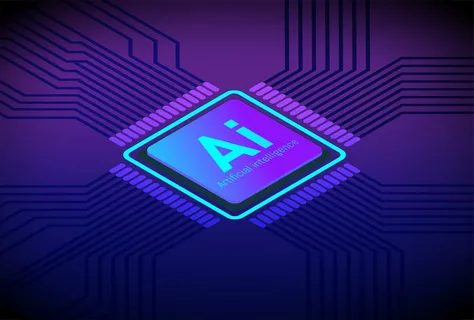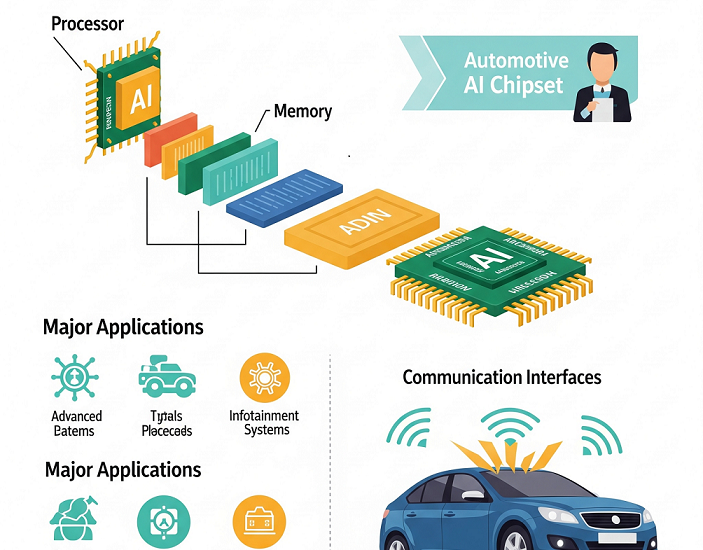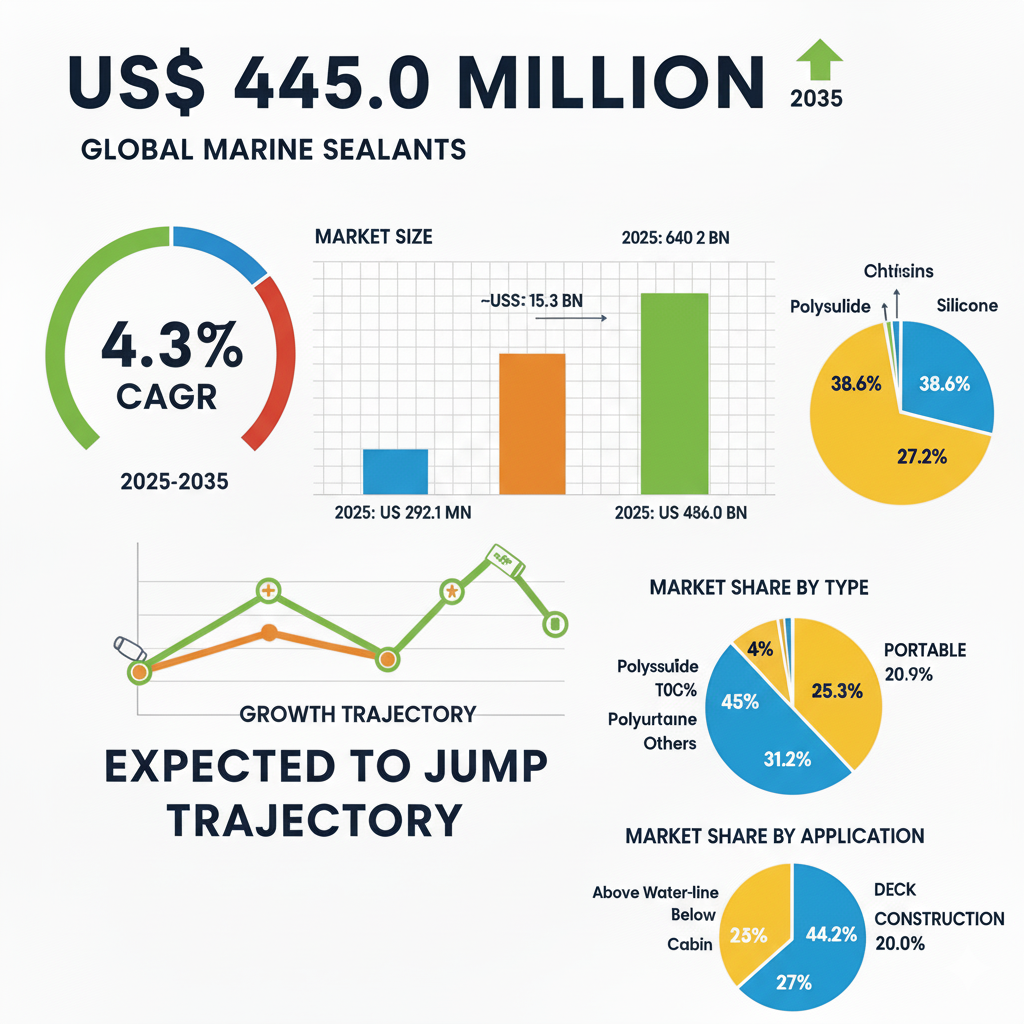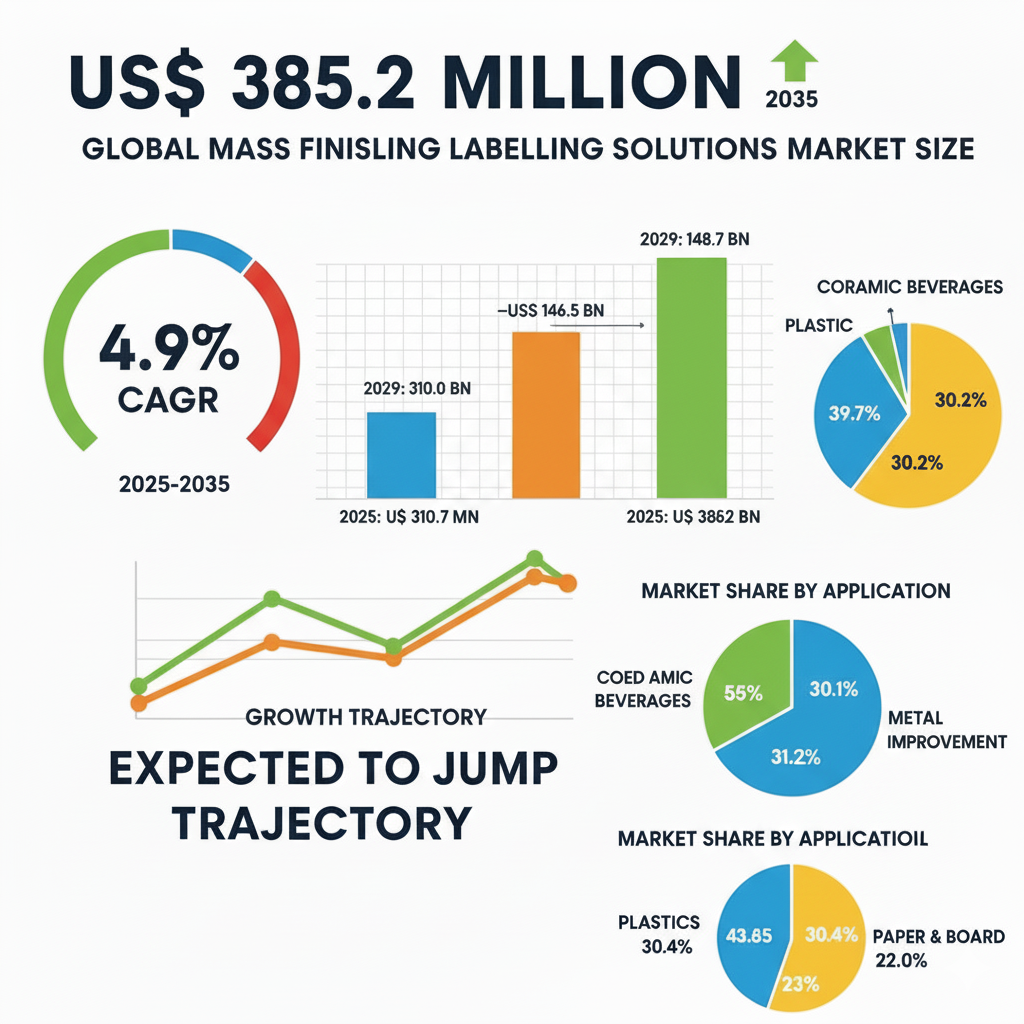Growth opportunities are anticipated in the Automotive AI Chipset Market during 2025 to 2035, due to the growing deployment of autonomous and semi-autonomous vehicles, the development of AI-powered driver assistance systems, and the rising demand for real-time data processing in connected cars. Advanced Driver Assistance Systems (ADAS), autonomous driving, predictive maintenance, and in-vehicle infotainment are some of the areas where AI chipsets are becoming increasingly vital to make a vehicle smarter and safer.
The entire market will rise very closely there It was predicted to USD 4.2 Billion by 2025 to USD 30.2 Billion by 2035, expanding at a CAGR of 21.6% during the forecast time. Electric vehicle (EV) manufacturers are now integrating AI chipsets into their vehicles to improve their autonomation abilities, committing themselves to utilize AI-based sensor fusion systems for improved navigation, and seeking out more AI-based Automotive Software solutions as they work to deploy AI more broadly. Also, new approaches like AI-on-chip, neuromorphic computing, and energy-efficient AI accelerators will lead to more innovations in automotive AI hardware.
Vehicles are no longer just machines—they’re becoming intelligent systems capable of perception, prediction, and decision-making. As cameras, LiDAR, and connected sensors flood vehicles with real-time data, the need for instantaneous processing has never been more critical. At the heart of this evolution lies a compact but mighty component: the automotive AI chipset.
It doesn’t spin wheels or draw eyes in a showroom, but it orchestrates everything from driver assistance to in-cabin personalization. As software begins to define how vehicles behave and interact, AI chipsets are quietly becoming the central nervous system of tomorrow’s mobility.
Get Ahead with Our Report: Request Your Sample Now!
https://www.futuremarketinsights.com/reports/sample/rep-gb-18604
Beyond Sensors: The Brain Behind the Wheel
Advanced driver-assistance systems (ADAS), autonomous navigation, voice recognition, fatigue detection—none of these features function without AI-powered processing. Automotive AI chipsets interpret raw sensor data, filter noise, prioritize actions, and run real-time algorithms that can make split-second decisions on the road.
They must do all this with low latency, high reliability, and minimal power consumption—while enduring extreme automotive-grade conditions. It’s not just about performance; it’s about survival in a high-stakes environment where milliseconds matter.
Overshadowed by Cameras and Code
Much of the automotive tech conversation revolves around vision systems, software stacks, and user interfaces. Yet, none of those can perform without the silicon muscle that crunches their data. AI chipsets are the hidden enablers, converting high-level goals into executable actions within the vehicle.
As cars evolve into smart devices on wheels, the demand for computational power is accelerating. AI chipsets are shouldering the load—supporting applications from path planning to edge-based diagnostics—all while maintaining thermal and energy efficiency.

Edge Intelligence in a Moving World
Unlike cloud-based AI systems, vehicles demand edge processing. There’s no time to send data to a server and wait for a decision when a child runs into the street or a lane suddenly disappears. AI chipsets bring intelligence directly into the vehicle, enabling decentralized, real-time decision-making.
That means AI processors must integrate with other control units, operate on limited power budgets, and remain fail-safe in critical environments. It’s not just computing—it’s mission-critical computing on the move.
A New Battleground for Silicon Innovation
The race to develop the most efficient, scalable, and domain-specific AI chipset is intensifying. Traditional semiconductor giants and emerging startups alike are designing chips specifically for automotive inference tasks. These aren’t just scaled-down desktop GPUs—they’re purpose-built for neural networks, sensor fusion, and ADAS workloads.
OEMs now face key decisions: build in-house chip capability, partner with established vendors, or rely on open platforms. Each path brings trade-offs in terms of customization, scalability, and time-to-market.
Exhaustive Market Report: A Complete Study
https://www.futuremarketinsights.com/reports/automotive-ai-chipset-market
Tied to Safety, Experience, and Autonomy
The AI chipset isn’t just a technical layer—it directly shapes how safe, personalized, and autonomous a vehicle can be. Whether it’s anticipating pedestrian movement, adjusting cabin settings based on driver behavior, or enabling full self-driving capabilities, every decision hinges on the chipset’s ability to process complex data instantly and accurately.
And as regulatory bodies begin setting standards for AI explainability and performance in vehicles, the importance of chipset transparency and validation will grow even more.
The Quiet Core of the Automotive Revolution
Automotive AI chipsets may never be visible to drivers, but they are the difference between reactive and predictive driving—between basic functionality and intelligent mobility.
Ignore their role, and the most promising innovations will remain constrained by processing limits. Invest in them, and the vehicle becomes more than transportation—it becomes a responsive, learning system that adapts to its surroundings, its passengers, and its mission.
In the age of software-defined vehicles, the future won’t just be electric—it will be intelligent. And at the center of that intelligence is the chipset making decisions, silently, every millisecond.






